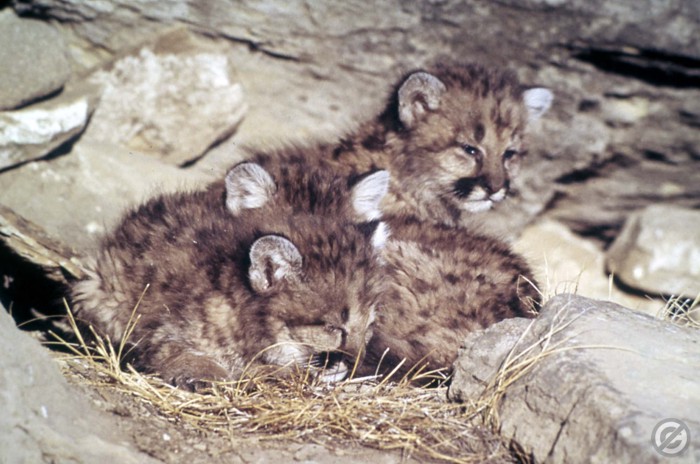Friday, May 7, 2010
The Solution
Wednesday, May 5, 2010
The Problem
 .
.
Tuesday, May 4, 2010
Eastern Puma A.K.A The Mountain Lion


- The Eastern Puma (Felis concolor couguar) large cat
- Listed as endangered in 1973 because of hunting and trapping, today another cause is habitat destruction.
The Eastern Puma, in the United States, is located in most of Eastern North America, and as far west as Iowa. The Puma on average weights 65-130 pounds, and grow to be 6 feet in length. They have an upward kink at the end of the tail and a cowlick in the middle of its back. Also the puma's coat is a red-brown or tan color.
The Eastern Puma is a solitary animal with the exception of mother pumas who stay with their cubs for two years. The puma usually needs up to 100 miles of home range. Puma cubs under the age of 6 months have pale fur with spots as well as rings around their tails. Puma cubs mature at the age of pumas known habitats include mountain forests, grasslands, swamps, and sea coasts. They can adapt to almost every climate as long is there is enough space and prey.
Eastern Pumas are mostly nocturnal and they are most active between one hour before sunset and two hours before sunrise. Their main prey is deer as well as beaver, porcupine, bobcat, rabbit, raccoon, opossum, and fish. They kill their prey using their speed, stealth, sharp claws, sharp teeth, and powerful jaws. They have no natural predetors making humans the number one cause in decline.

